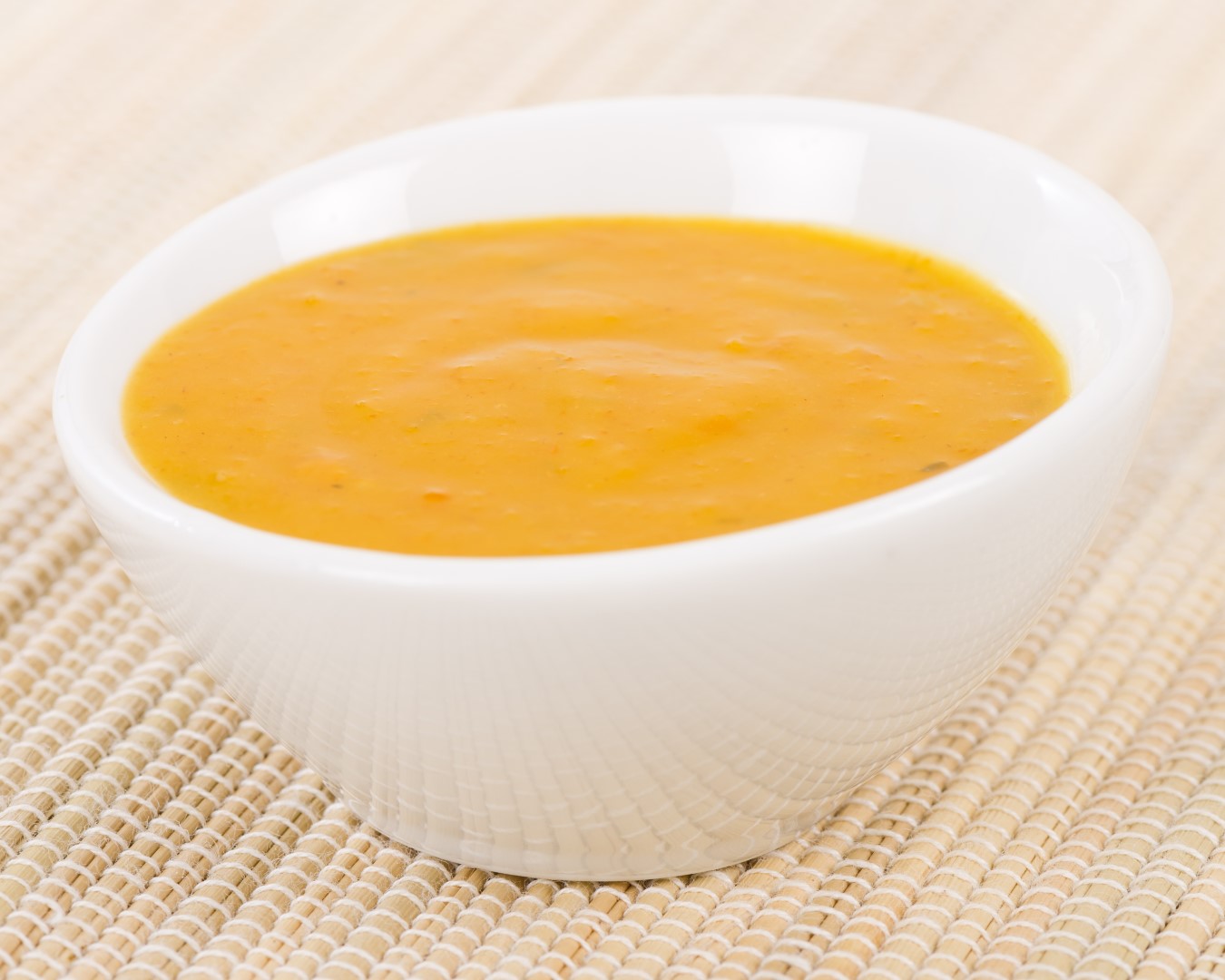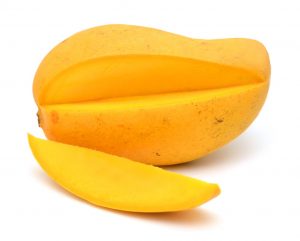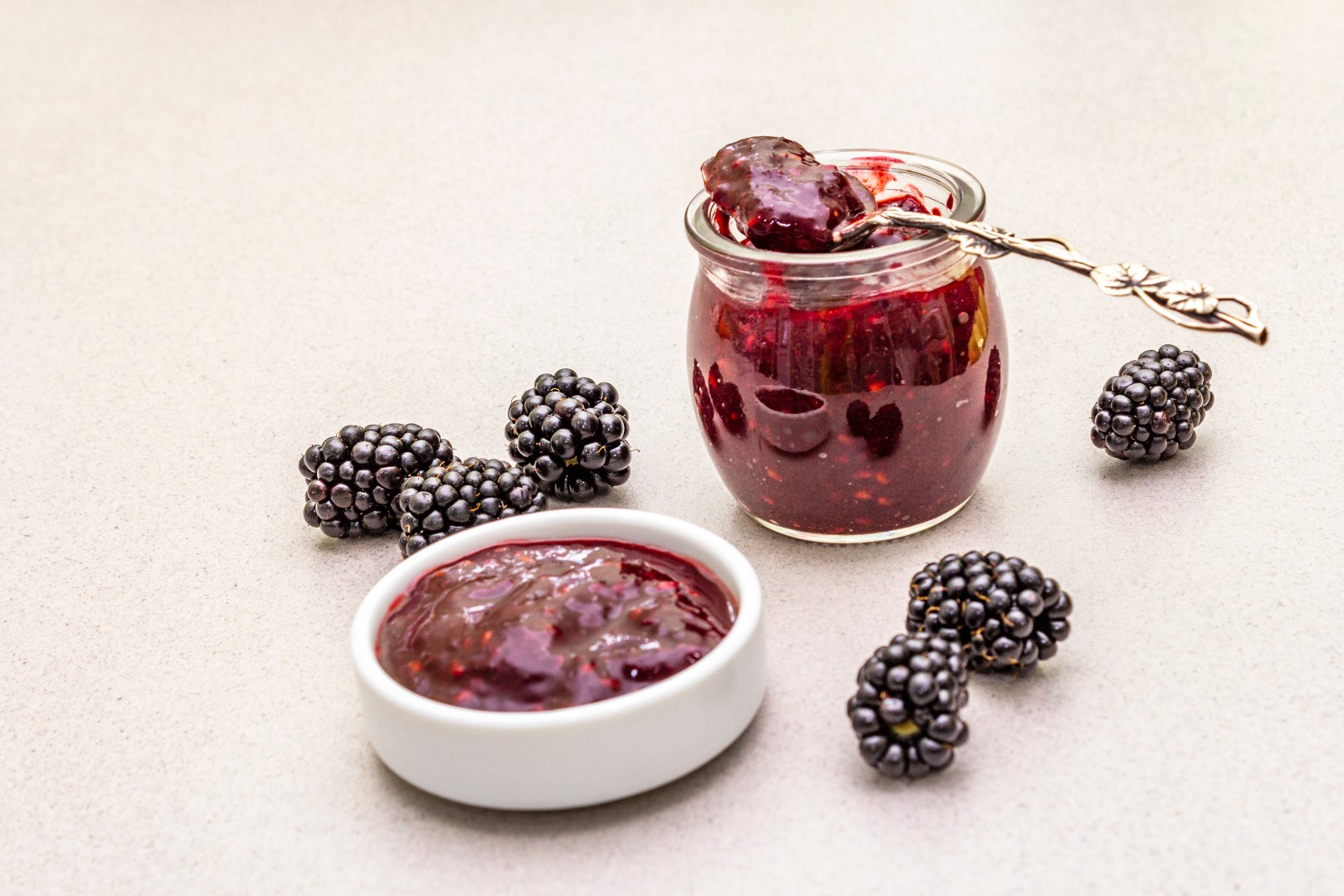Fermented Foods
Instructions:
Blend goji berries with 1/2 C filtered water, salt, sugar and probiotic powder
Slice oranges very very thinly and cut into quarters
Chop the rosemary leaves finely
Mix all ingredients together by hand and pour or spoon into a jar. Try to keep the orange pieces from poking up
Ingredients:
Organic oranges – 4
1/2 C filtered water
1/4 C soaked goji berries
1/4 C coconut sugar
2T rosemary
1T sea salt
1/2 tsp your favourite probiotic powder OR vegetable starter packets, each will work but will have a different flavour/different timing
Optional: Fresh very thinly sliced ginkgo leaves if you can find them fresh, really yummy
Instructions:
-Blend goji berries with 1/2 C filtered water, salt, coconut sugar and probiotic powder or starter
-Slice oranges very very thinly and cut into quarters so you have little triangles
-Chop the rosemary leaves finely
-Mix all ingredients together by hand and pour or spoon into a jar. Try to keep the orange pieces from poking up
-If you have a weight like a glass paperweight or fermentation weight then place that atop the orange slices to keep them submerged
-Cover your ferment with an airlock if available. If not then make sure you check on your concoction periodically while you are brewing it to prevent explosions 😉
-If using a yogurt starter: leave your marmalade to ferment in a warm place for 2-3 days (just as if you were fermenting yogurt). Taste it and see if you like the flavour as it ages. The liquid may become clearer, more translucent over this period.
-If using a vegetable starter: leave your marmalade at room temperature to ferment, taste after 3 days, 5 days, 7 days and so on. Mine is usually done between 7-9 days when done this way
….I ate all of this before I took a picture. Priorities! I will update this when I make it again…
This hot sauce is delicious and has a well rounded flavour due to the mango, yellow peppers and habaneros and of course the fermentation. If you are using a vegetable starter like Caldwell’s or Cutting Edge Cultures then you will be benefitting from Lactobacillus Plantarum. This bacteria can help reduce topical infections and dermatitis, decrease intestinal permeability, reduce candida and reduce oxalate levels in the kidneys (studies at the bottom of this post). Usually if you’re doing a wild ferment there will be enough Plantarum present to get them naturally but when using fruit because of the high chances of yeasts being involved it is a really good idea to use a starter. I hope you enjoy the sauce 🙂

Ingredients:
- Mangos, 3
- Nectarines or Apricots, 2
- Habanero Pepper (or another yellow/orange hot pepper), just a
 quarter to half depending on how spicy you want it.
quarter to half depending on how spicy you want it. - Shallot 1 medium
- Salt, 1T
- Lime Juice, half a lime, juiced
- Probiotics, 1 t or vegetable culture “starter”
- Optional: Calendula or Dandelion Flowers
- Water
Method:
Chop all ingredients finely
Dissolve the salt in warm water
Add 1 t of your favourite probiotic or starter to the water
Place all chopped ingredients in a mason jar
Pour the water/salt/culture mixture in the jar
If using yogurt bacteria keep covered and warm (around body temperature) for 24 to 72 hours until it reaches desired sour flavour
If using vegetable starter leave at room temperature, covered (using an air lock if you have one, keeping all the fruits and veggies submerged) and it may take more than 72 hours to ferment, taste as you go along
You may need to release CO2 as the hot sauce ferments…
When your fruits and veggies have begun to taste sour blend everything including most of the water in a high speed blender until your sauce is just right
https://www.ncbi.nlm.nih.gov/pmc/articles/PMC4256919/
https://www.ncbi.nlm.nih.gov/pmc/articles/PMC3090165/
https://www.ncbi.nlm.nih.gov/pmc/ar ticles/PMC3316997/
https://pubmed.ncbi.nlm.nih.gov/26059754/
https://pubmed.ncbi.nlm.nih.gov/22726349/






